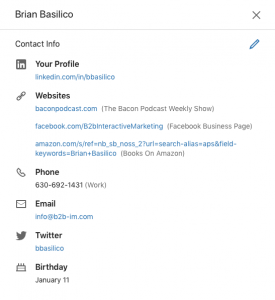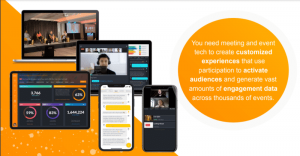by Sarah Ware, Op-Ed Contributor, November 9, 2016
Social media influencers provide an opportunity for brands to connect with target audiences; social personalities often exude trust and reliability through a shared interest in various markets.
Influencer-marketing engagement goes beyond the traditional “likes” and “favorites” and allows brands to turn interest into purchases that can continue after the established campaign.
For brands looking to measure and increase ROI through social campaigns, remember the Two Ts: tracking and targeting. A campaign is only as good as the value it brings.
These three tips will help any brand hone their efforts to maximize ROI and better monitor campaign engagement.
Pixels help mark the path from content interest to consumer purchase
Understanding the consumer audience and what piques their interest is what sets brands apart in terms of ROI and receiving measurable results. Including pixels with any influencer marketing effort provides brands with an understanding of their audience, positioning them for success with campaigns.
Brands are able to collect information that establishes hard performance metrics, including the number of page impressions and page views that result in true readership. It also tracks how engagement differs between sponsored and non-sponsored content and the individual IP addresses of ideal followers for retargeting efforts.
Pixels provide the added benefit of tracking user experience in its entirety. From the initial touch point to the actual purchase, brands can see how marketing efforts impacted consumer purchasing patterns.
This also gives marketers something valuable yet difficult to obtain – attribution of the purchase to the appropriate marketing effort, whether it’s a direct click through, a retargeting ad served after the reader engaged with the sponsored content, or through an organic search after reading the sponsored content.
Hit them where they’ll see it most – mobile
The consumer dependence on mobile and digital technology gives brands a prime opportunity to directly connect with their target consumers, beyond the social media platforms used by influencers.
By linking the digital experience with real-world compensation, brands are able to track and monitor purchasing transactions that are a direct result of digital-marketing campaigns.
There are multiple options to drive engagement and collect consumer information through mobile. On social media, influencers can provide coupon codes that can be tracked when used at point of sale, allowing brands to follow how online influencer marketing drives purchasing decisions.
Venturing beyond social, brands can also use SMS messaging or email marketing to incentivize consumers. Consumers will often provide their phone number or email to a company in exchange for coupons or discount offers.
Expand your reach with multiple platforms
One mistake brands often make is limiting their efforts to one specific platform. While influencer-marketing content, such as a carefully crafted image or video may be created with a specific platform in mind, its value can be found in various places.
Utilizing an influencer’s social media enables content to be re-used and follower reach to expand far beyond the initial scope. Multipurposing allows content to reach its full potential across multiple channels. Brands can to cut costs by eliminating the need to create new content for each platform or outlet.
Bringing data and measurable results to influencer marketing allows marketing specialists to show true value of their campaigns. And it provides the metrics to directly attribute ROI to a specific effort.
MediaPost.com: Search Marketing Daily
(44)
Report Post





